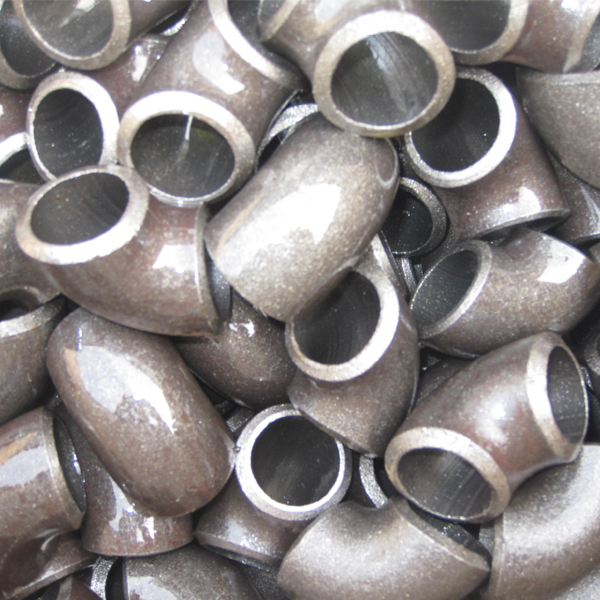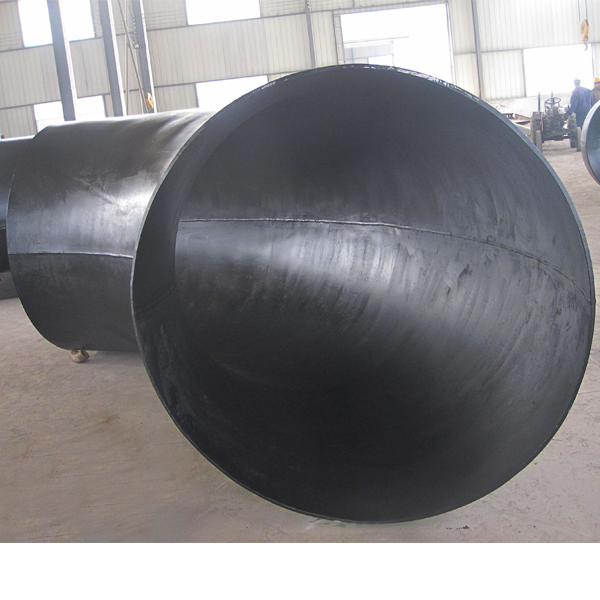Recently, the team of Professor Yu Shuhong of the University of Science and Technology of China and the Sargent team of the University of Toronto designed a "pulsed axial epitaxial growth" method, and successfully prepared a one-dimensional colloidal quantum dot-nanowire split with adjustable size and structure. Segment heterojunction. This structure is a nano- "bamboo" composite heterojunction similar to a bamboo structure. It can make full use of solar energy and effectively convert it into hydrogen energy. Related research results have been published in "Nature · Communication" recently.
With the enormous pressure caused by global energy and environmental problems, people are looking for new clean energy to replace the traditional coal chemical industry. The use of sunlight to achieve artificial photosynthesis and the efficient conversion of water decomposition in nature into clean hydrogen energy is an important direction of the scientific community's efforts.
In recent years, scientists have designed new semiconductor nanomaterials to capture solar energy and achieve efficient photochemical conversion, so that we have seen the hope of using new clean energy. But how to reduce costs and further improve conversion efficiency to achieve industrialization is still a huge challenge.
According to reports, the joints and stems of the artificial nano- "bamboo" developed by the team of Professor Yu Shuhong of the University of Science and Technology of China and the Sargent team of the University of Toronto are composed of two different semiconductor materials, cadmium sulfide and zinc sulfide, respectively Growth is very similar to the growth process of bamboos rising from the ground.
Interestingly, the unique growth method designed by the researchers can precisely control the thickness, number of nodes and the spacing of each bamboo node of each artificial nano- "bamboo". This rich ability to adjust and control the materials for further development and utilization Provides more space.
In addition, the researchers found that there is a synergistic effect between the different components of such artificial nano- "bamboo", and the combination of the two's orientation greatly enhances the performance of a single material. Compared with a single material, the nano-bamboo's solar hydrogen production efficiency has increased by an order of magnitude, which provides a new way for the future design and development of new and efficient solar hydrogen production materials. (Author: Wang Ruihua)
Pipe elbows are mainly used for connecting two pipes. all the fittings in the piping system use , 80% proportion is elbow. Typically,we choose different elbow forming process according to different wall thickness and different materials. Currently, manufacturers of seamless elbow forming process commonly use hot push, stamping, extrusion.
| According to Pressure and thickness: Sch5s, Sch10s, Sch10, Sch20, Sch30, Sch40s, STD, Sch40, Sch60, Sch80s, XS; |
|
||||||||||||
| according to the angle of elbow : 45 °, 90 °, 180 ° and so on. |
|
||||||||||||
|
according to the bend radius: 1D, 1.5D, 3D, 4D, 5D and so on.
|
|
Stainless Steel Elbow,Elbow Pipe Fitting ,Elbow Fitting ,Steel Pipe Elbows
CANGZHOU HAOYUAN PIPE FITTINGS MFG CO.,LTD , https://www.pipefitting-china.com



